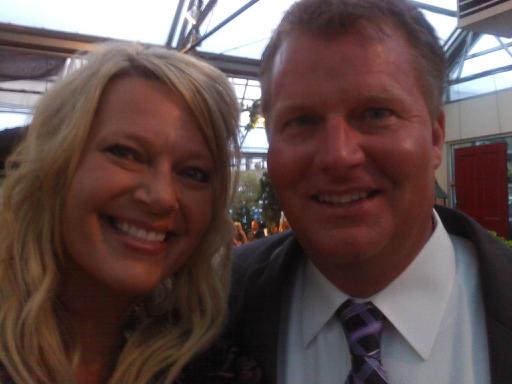*Photo Editing Apps with Camille
I like changing the pictures, and so many great apps to do it with!
*Garage Band with Dustin and PJ
SO cool, bur a lot if info. I hope I remember it all.
Storytelling Steps
1. Decide on the story to tell:
Kitty Guy and Boomer is what I'm thinking...
We did a 2 minute writing and I actually came up with some great ideas.
2. Gather Materials:
Pictures, videos anything that captures the emotional feeling
3. Begin writing the script:
*Start jotting things down memories, feelings, practice narrating,
Draft a short script (ROUGH Draft)
write short, get personal, trust your voice, told from my point of view, don't hold back
Read script to a friend for feedback
AFTERNOON WORK TIME! Where to begin? AAAAACK!
I like changing the pictures, and so many great apps to do it with!
*Garage Band with Dustin and PJ
SO cool, bur a lot if info. I hope I remember it all.
Storytelling Steps
1. Decide on the story to tell:
Kitty Guy and Boomer is what I'm thinking...
We did a 2 minute writing and I actually came up with some great ideas.
2. Gather Materials:
Pictures, videos anything that captures the emotional feeling
3. Begin writing the script:
*Start jotting things down memories, feelings, practice narrating,
Draft a short script (ROUGH Draft)
write short, get personal, trust your voice, told from my point of view, don't hold back
Read script to a friend for feedback
AFTERNOON WORK TIME! Where to begin? AAAAACK!


 RSS Feed
RSS Feed